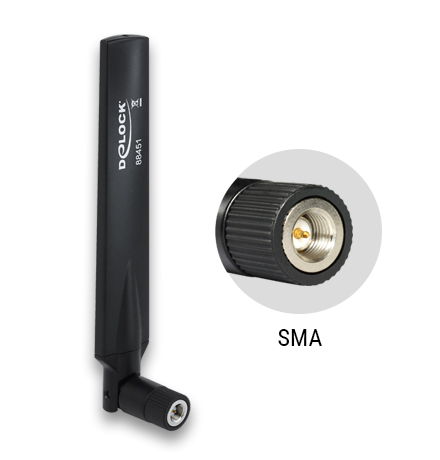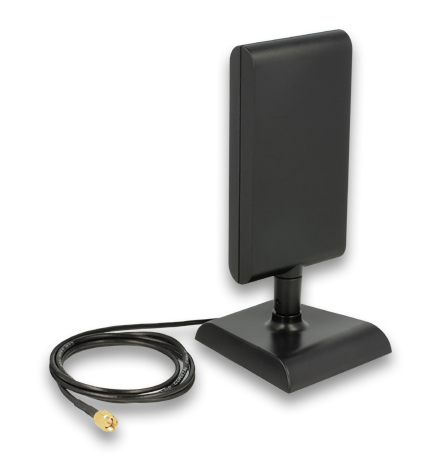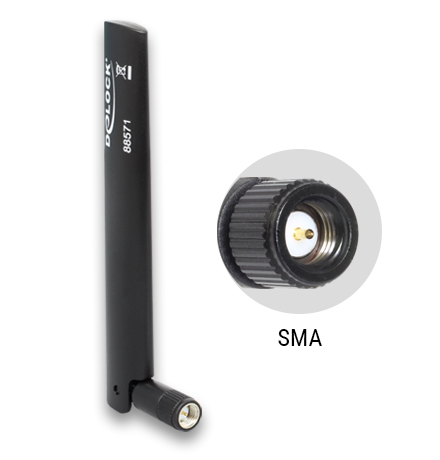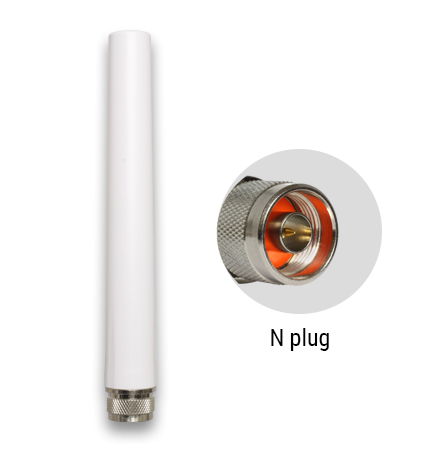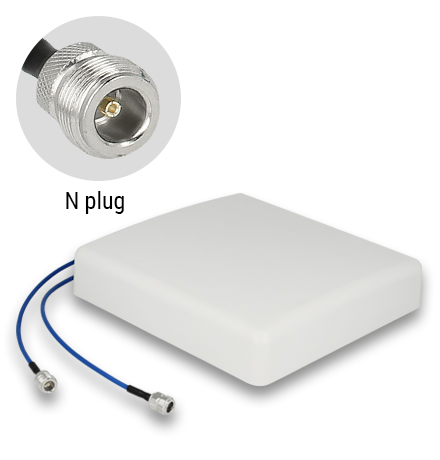LTE - Long Term Evolution
The term LTE (Long Term Evolution) designates a further development of existing mobile communication technology. With a data transfer rate up to 300 Mbps, LTE offers higher data rates than its predecessors GSM or UMTS. LTE is specially suited for wireless broadband applications.
Particularly rural areas and also previously undersupplied areas should benefit from LTE. Currently, the successor technology LTE Advanced (4G technology) is being standardized. It is supposed to achieve even higher data rates of up to 1 Gbps. Delock offers a selection of different antennas for optimal LTE reception, both indoors and outdoors.

Frequencies
LTE devices in Germany transmit and receive on the five common channels:
- Channel 1: 1920 - 2170 MHz
- Channel 3: 1710 - 1880 MHz
- Channel 7: 2500 - 2690 MHz
- Channel 20: 791 - 862 MHz
- Channel 28: 703 - 803 MHz
The lower the frequency, the fewer disturbance and the better the penetration of buildings, for example.
The frequencies of 700 MHz, used previously by DVB-T TV, were auctioned off in June 2015. These are intended to become available step-by-step for mobile communications by 2019. Through an increased data transfer capacity, LTE increases the usage of the frequency resources. LTE devices also work together with previous mobile standards, for example UMTS, without any problems.
Already now Delock offers various LTE antennas, designed not only for the reception of the previous frequency ranges but also for the new frequencies.
The MIMO technology - A multiple antenna system
LTE uses the MIMO (Multiple Input, Multiple Output) transmission system. Here, multiple transmitting and receiving antennas ensure a higher transmission rate and make it possible to bypass interference and obstacles during reception. Longer distances can be bridged and the connection quality improved.
MIMO systems are able to transmit more bits per second per Hz of bandwidth used and thus have a higher spectral efficiency than SISO technology (Single Input, Single Output). MIMO technology is also used for other mobile radio standards in addition to LTE.
One product example from Delock for connecting two antennas together is the LTE MIMO antenna base item 88739 with two SMA connectors at the cable ends and two SMA sockets for mounting the antennas.
In addition, Delock also offers LTE antennas which already have included this technology:


